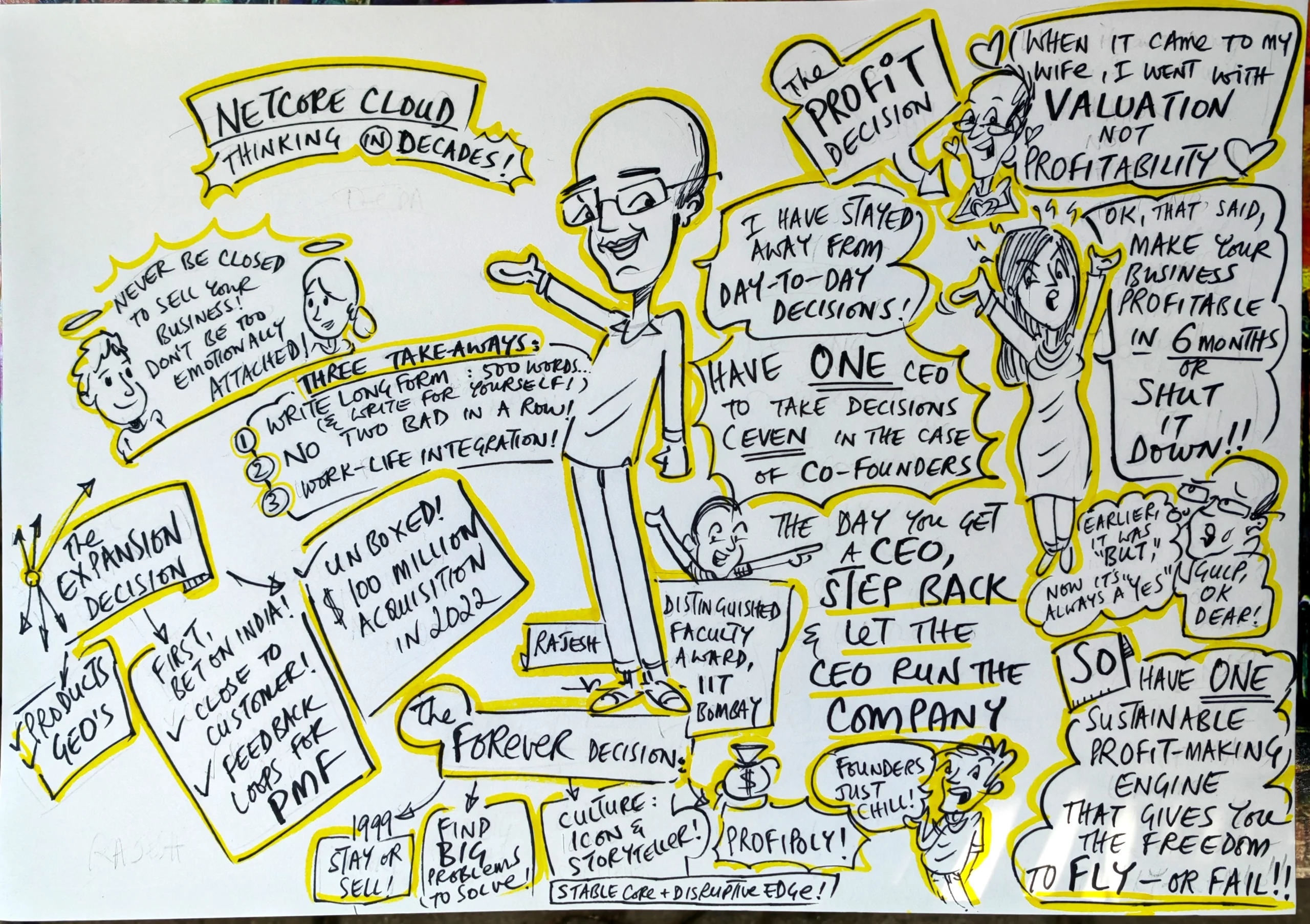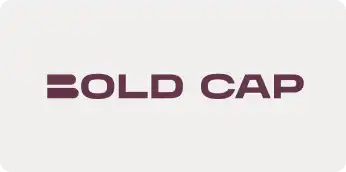This highly interactive session was conducted virtually at SaaSBoomi Growth and covered all the concern areas about how to build a Marketing Stack. I am a volunteer, and I have tried to capture the leading thoughts.
In the year 2011, there were 150 Marketing tools available from which a user could buy. Cut to 2019 and we had 7040 — almost a 47X growth in numbers. Spoilt for choices as we are in every aspect of life today but this kind of an expanse can also be bewildering. Questions such as, “Which CRM tool should I buy” can have multiple responses and leave one even more perplexed than when they started. To cut through this haze, we had Aniruddh Jain, a Growth Marketing Consultant to do a session on What it takes to set up a Marketing Stack. He looked at companies in the range of 500K dollars which are on a path to reach 2–5 million.

At the very outset, he was emphatic about choosing the right tools because not doing so can lead to disastrous consequences. Far too often, we have seen companies being saddled with expensive tools that are not put to use adequately or have poor ROI. “You don’t want to get into this situation,” said Aniruddh rather gravely. That is why generic queries such as the one mentioned above don’t get you the desired results. To make things clearer, he took us through the First Principles to derive the answer.
A virtual survey revealed that on average, the participants used less than 10 marketing tools which was pretty much on cue. It has been observed that growth-stage companies used between 10–20 (such) tools and the more mature companies can go even 3–4 times higher.
Aniruddh gave the example of a car. What is its basic function? It takes an individual from Point A to Point B. But it shouldn’t be that you sell your house to buy a Ferrari when your needs could have been met by a Honda City. Your marketing technology spend has to be aligned with your goal and budget. The keyword here is optimization. He jokingly said, “Killer apps can kill you, just ask around.” One can also do a Google search — “Best cheap top CRM tool for hyper-fast growth”, he added on a lighter vein.
What are the factors that need to be considered while building a Marketing Stack?
- Company budget, primary.
- Company goals now and in the next 3 years.
- Business model, you are in
- Socio-political environment, an area that has increasingly become influential in decision-making.
There’s a whole list of company goals to choose from: Creating brand awareness, increasing qualified leads, improving conversion ratio, increasing retention, bringing down the cost per lead, hiring better marketeers, making marketing more efficient, operationally, etc. While these are some prescient examples a company needs to be clear — now and 3 years down the line, what the goals will be.
Goals give rise to jobs. Building a Marketing Stack is a lot like building a product. You start by researching the required features, map your resources accordingly, and build the MVP (Minimum Viable Product) to test the hypothesis. And, iterate, to get the best fit. Similarly, in building a Marketing Stack, one buys tools off the shelf from vendors and the approach remains similar.
A good Marketing Stack should have these functionalities:
- Scalability — both upscaling & downscaling, if required. If we want to replace one tool, we should be able to do so without disrupting the entire stack.
- Interoperability — there will be diverse tools and they should be able to work in unison.
- Advanced Reporting through data-driven marketing campaigns.
- Data security & transparency, and as Anirudh says, “You don’t want to be sued into bankruptcy.
- Advanced Reporting through data-driven marketing campaigns.
In the next stage, AI and personalization tools will have a major influence on decision-making.
Building Marketing Tools Using JTBD — Jobs To Be Done
It’s part of the First Principles Approach to a business that breaks down large problems into more manageable ones. Clayton Christensen, the legendary figure from Harvard was a proponent of this approach. He believed, jobs remained relatively stable over a period of time. And, we hire (not buy) products to do specific jobs.
Let’s look at the example of the music industry. It started with records, then came cassette tapes, CDs, music on app, and now music being streamed. How about music streaming? Well, it does various “jobs” for the individual such as provide entertainment, helps increase focus, maintains calm, etc. Each job is specific.
Going back to our original question — Which CRM tool should I buy? This question will need several considerations — the market that you operate in, other tools that are being used, and how does your sales process work? They can be viewed as micro jobs and unless I have answers to these, I cannot get a complete picture of the macro job which is, suggesting a CRM tool. This, Anirudh emphasized, requires a mindset shift. In essence, it’s not about seeking the right answers as much as seeking the right questions. It may lead to an advanced set of questions such as — does the CRM tool support a thousand monthly workflows?
A “job” has action, a metric, and an objective. The outcome can be tangible or intangible. And, there’s a job executor who is accountable.
Here’s another example.
Macro Job: Increase conversions from the landing page.
Micro Jobs: Get relevant traffic; improve the user experience of the landing page; improve usability; ease of form collection, etc.
Every micro job can be seen through a pyramid structure, starting from the tip and going up to the base 1–5:
- Evangelization — turning customers into evangelists.
- Increase customer retention.
- Acquisition — increase leads to customer ratio
- Increase product consideration
- Awareness — attracting relevant traffic.
It should be read 5–1, upwards. And, under the overarching umbrella of:
- A. Operations & Analytics
- B. Content design leading to convincing messaging
- C. Engineering — smooth function of technical assets.
Let’s revisit the process:
- Step 1 — Identify the goals of the company.
- Step 2 — Assign weights to them based on their importance.
- Step 3 — For each goal identify the macro job.
- Step 5 — List down micro-jobs for each macro.
- Step 6 — Calculate the pro-rata amt for each micro job based on its corresponding macro and overall company goal. This will determine the relative importance of each micro.
When you add it all up, it’ll lead to budgetary allocation, in essence. How much should you be spending for each macro job (adding the job executor’s salary OH cost)? The product you select should be less than or equal to the cost of the macro job.
Research Methodologies — Selection of the right tools
- Asking friends — SaaSBOOMi is doing a fabulous job in connecting people.
- Snoop around competitors — see what they are doing.
- Review Sites such as Trust Pilot, Trust Radius, Capterra. Customer reviews are the most effective.
- Wildcards — new players offer you good products at competitive prices. They also require validation so it’s a win-win situation.
Caveats
- The tool should fulfill your requirements — now and three years down the line.
- It should be within the budget.
- Easy-to-use.
- The process of decision-making has to be decentralized. The executor of the job must be engaged with.
- Siloed or all-in-one? If the macro job contributes 50% or more to the company goal then it’s best to go for the market leader.
Closing Thoughts
- Think of your Marketing Stack as a living, breathing system — it has to be nurtured continually. So, keep reviewing the outcome. It requires a lot of patience too. Too many people give in to frustration and abort mid-way.
- The whole is greater than the sum of parts. So, we need to consider other aspects of the business, consumer behavior, and the socio-political environment.
- If you face a challenge, then categorize them as either people-related, process-related, or the product per se.
- Just as it is for building products, aim for an MVP with your Marketing Stack.
- It’s better to err on the side of over-investing than not.
- Greatly improved productivity pays rich dividends and becomes your competitive advantage.
- Macro jobs if executed well, leads to the fulfillment of company goals.
- The art of perfecting is an iterative process — build, adjust, test-use, and review.





























